DevSecOps Evolutions: From Security Bottleneck to Business Enabler
In today’s fast-paced software delivery ecosystem, security can no longer be treated as an afterthought. Traditional DevOps aimed to bridge the gap between development and operations, but as cyber threats intensified, the need for embedding security throughout the lifecycle gave rise to DevSecOps.
The Evolution of DevSecOps
-
From Reactive to Proactive Security
-
Earlier, security was a final checkpoint before deployment. Now, it’s integrated at every stage — from design to deployment.
-
-
Automation-Driven Security
-
Tools for static code analysis, dynamic scanning, and dependency management have become automated and seamlessly integrated into CI/CD pipelines.
-
-
Shift-Left Approach
-
Security testing now starts earlier in the development process. Developers receive instant feedback, reducing costly fixes later in the cycle.
-
-
Collaboration Beyond Silos
-
DevSecOps encourages a shared responsibility model. Developers, security teams, and operations collaborate closely, ensuring faster and safer releases.
-
-
AI and ML Integration
-
With AI-driven threat detection, anomaly identification, and predictive security, DevSecOps is evolving into a more intelligent and adaptive practice.
-
-
Compliance as Code
-
Regulatory and compliance requirements (GDPR, HIPAA, ISO, etc.) are now codified into pipelines, ensuring continuous governance.
-
-
Cloud-Native & Zero Trust Models
-
As applications migrate to cloud-native architectures, DevSecOps incorporates zero-trust principles, identity-first security, and container-specific safeguards.
-
Why DevSecOps Matters Today
-
Rising cyber threats require security to be built-in, not bolted on.
-
Businesses demand faster time-to-market without compromising trust.
-
Regulatory landscapes are becoming stricter, making compliance automation essential.
-
Customer confidence increasingly depends on demonstrable product security.
Frequently Asked Questions (FAQs)
Q1. What is DevSecOps in simple terms?
DevSecOps is the practice of integrating security into every stage of the software development lifecycle, ensuring secure and fast delivery of applications.
Q2. How is DevSecOps different from DevOps?
DevOps focuses on speed and collaboration between development and operations. DevSecOps adds security as a shared responsibility, ensuring that applications are not only fast but also secure.
Q3. Why is DevSecOps important for modern businesses?
Because it reduces vulnerabilities early, ensures compliance, and builds customer trust while maintaining agility in software delivery.
Q4. What are common tools used in DevSecOps?
Tools like GitLab, Jenkins, SonarQube, Aqua Security, Snyk, HashiCorp Vault, and OWASP ZAP are widely used to automate testing and security checks.
Q5. What challenges do companies face in adopting DevSecOps?
-
Cultural resistance to change
-
Skill gaps in security knowledge for developers
-
Tool integration complexities
-
Balancing speed with security
Q6. What’s next for DevSecOps?
The future points to AI-driven security orchestration, zero-trust adoption, security observability, and more advanced compliance automation.













 2025. All rights reserved
2025. All rights reserved